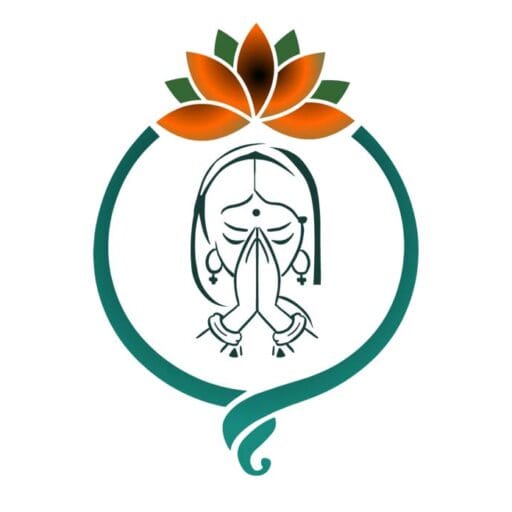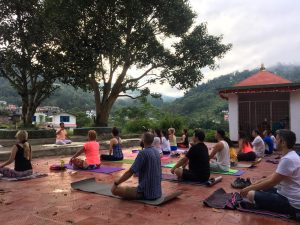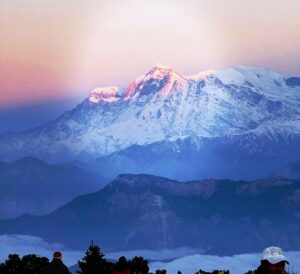Veda is the most specific and supreme epic of the Hindu tradition. Apparently Veda means knowledge or to know. Knowledge is a type of light that wipes out darkness and leads an entity towards the light.
Om Asato Maa Sad-Gamaya |
Tamaso Maa Jyotir-Gamaya |
Mrtyor-Maa Amrtam Gamaya |
Om Shaantih Shaantih Shaantih ||
Veda is the most ancient epic of the world. It is also known as the treasure and historical document of the arts and sciences. The word Veda is derived from the Sanskrit word BRIDA which means the treasure of all the knowledge of the world and beyond. It is considered to be derived from the elevated state of supreme consciousness where human element has no control. It is also considered that Veda is the first religious epic of the world and many religious traditions have their roots in the Vedic tradition. Many religious traditions have revised Veda to meet their specific needs. The method of transmission of the knowledge was SHRUTI, by oratory, or SMRITI, by memorizing. Shruti is the words of the God to the saints for the betterment of the humanity, whereas Smriti is actualization of the saints at their supreme level of meditational consciousness. All the questions of the world and beyond are answerable by the Veda, therefore it is Omnipresence, Omnipotent, and Omniscience.Veda involves the supreme soul Brahma, the Gods, Soul the Brahman, physics, chemistry, mathematics, medicines, nature, cosmos, geography, the code of conduct, laws of the nature, religious doctrines, treaties, history, traditions, among others. It is an all encompassing philosophy and nothing is outside of the Veda. Veda is the backbone of the Hindu culture. Practicing Veda enables a person to achieve everything imaginable. However, it needs efforts, sincere efforts to study and practice knowledge to be benefitted in the real life situation and to achieve Shanti, the peace and Moksa, the redemption.
Om Sarve Bhavantu Sukhinah
Sarve Santu Niraamayaah |
Sarve Bhadraanni Pashyantu
Maa Kashcid-Duhkha-Bhaag-Bhavet |
Om Shaantih Shaantih Shaantih ||
At the beginning there was only one Veda. It was meticulously detail oriented, complex and complicated in a sense that it was not understandable to a normal human being having average intelligence quotient. To simplify this complexity, the original Veda was divided into four parts. One hymn of the SriMad Bhagawat Gita supports this claim. In that sacred text Veda, there were thousands of recensions, hymns, Mantra-sanhita or treaties. For this complexity and other reasons it can be reasonably guessed that the Veda was not written or crafted by a certain person at a certain point of time, rather it has been evolved with human civilization over a period of time involving various thinkers, saints and intellectuals. According a school of thought, at the end of the Dwarap Yuga (there are four epochs called Satya Yuga means the epoch of the truthfulness, Tetra Yuga means the epoch of the generosity, Dwapar Yuga means the epoch of the change, and Kali yuga means the epoch of the sinfulness) Lord Krsna with Saint Veda Byash organized a sacred fire ritual worship or sacrifice, devotion or ceremony and divided the Veda into four parts for the benefit of the humanity and to ensure the virtuous life style for everyone.
yada yada hi dharmasya
glanir bhavati bharata
abhyutthanam adharmasya
tadatmanam srjamy aham
(Means, “Whenever and wherever there is a decline in religious practice, O descendant of Bharata, and a predominant rise of irreligion—at that time I descend or incarnate Myself”).
These four Vedas were later known as the Rigveda, the Yajurveda, the Samaveda and the Atharvaveda. Three of these Vedas were associated with the fire, the air and the Sun. These associations are also encrypted with their relationship with the saints. Fire destroys the darkness of the ignorance. It is also a symbol of knowledge. The air is agile and mobile continuously without any break. The message is that we must work or remain mobile continuously like the air. The sun is the source of power or energy. One must remain powerful so that one can protect virtuous ingredients of the community and remain revered. Moreover, it is also believed that the four Vedas are the creation of the creator God Brahma of Hinduism from His four mouths.




